A lot of homeowners only call for air conditioning repair when their system totally fails. However, the fact is your air conditioner will often give warning signs before a total breakdown that results in new AC installation. Noticing early problems and calling the experts at Air Temperature Control to handle issues early can help you avoid the hassle and expense of a full AC system failure. More importantly, it can stop you from having to endure the hot and sweaty conditions created by having your AC break down when it’s scorching hot outside.
When you call us, our team of highly trained HVAC technicians will identify the problem, make the necessary repairs and get your system running again. We have extensive expertise and provide top-tier, budget-friendly AC service for our community.
Why wait until your cooling system stops working? Skip all that hassle by calling today to schedule AC repair in Macon, GA, from Air Temperature Control.
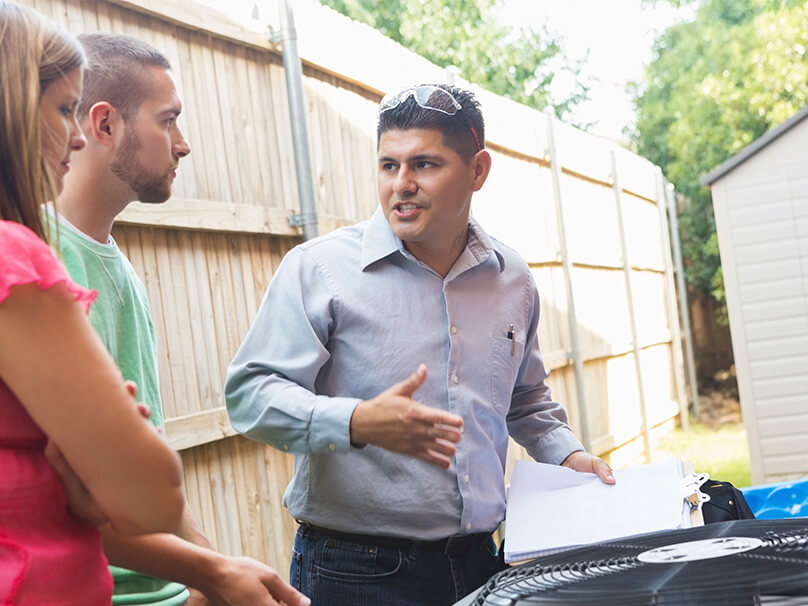
Signs You Need AC Repair
What are the signs your air conditioner requires service? From unusual smells to no cold air coming from the vents, there are many clues that your cooling system has an issue and needs attention or service.
Here are some warning signs that trouble may be around the corner and it’s time to call an HVAC technician from Air Temperature Control:
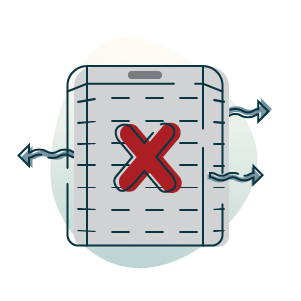
AC blows warm air instead of cold
If hot air is blowing out of your AC unit instead of cool air, or if the air isn’t as cool as it should be, it’s a good idea to call us for professional cooling service.
AC frequently turns on and off
If your AC system starts and stops instead of maintaining steady operation, it could be a symptom of underlying trouble and should be inspected by one of our certified HVAC technicians.
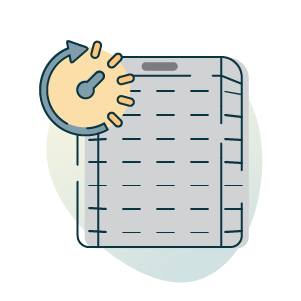
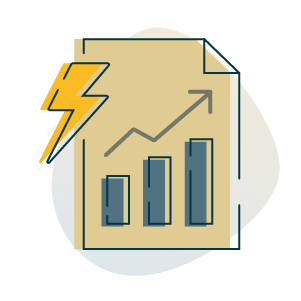
Home energy bills spike for seemingly no reason
A big jump in your energy expenses can be an indicator your AC unit is losing efficiency, which means it uses more energy to maintain a comfortable indoor temperature and needs AC maintenance or repair.
Odd odors are coming from your air conditioning
Air conditioners should not stink. Unusual odors coming from your air conditioning system should be checked by an expert, as they can be a symptom of trouble like mold, mildew or even electrical issues.
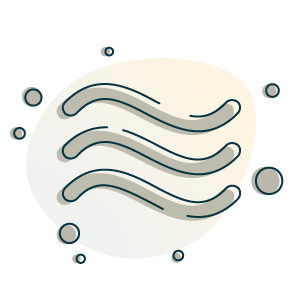
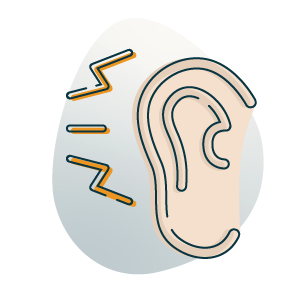
Loud sounds coming from your AC
If you hear unusual noises when your air conditioner is running — banging, rattling or screeching, to name just a few — it’s important to call for professional HVAC service to get to the bottom of the issue.
Request Expert Air Conditioner Repair Today
When you require air conditioning service without delay, call the HVAC repair specialists at Air Temperature Control. We’ll speedily diagnose the trouble when your AC won’t work or provide sufficient chilly air.
